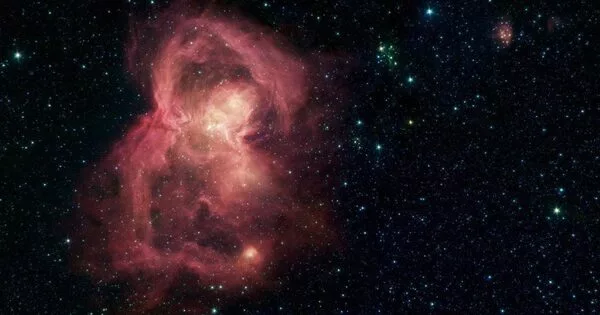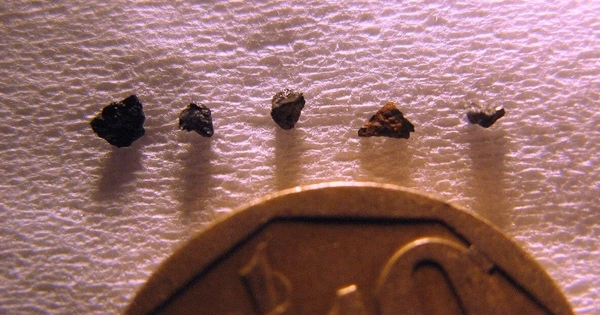A molecular filament is a long, elongated structure of molecular gas and dust that exists in interstellar space. These filaments, which can be several light-years long, are important sites for star formation. A young solar system is a star system that has recently formed, with planets and other celestial bodies still accreting from the surrounding disc of gas and dust.
Meteorite isotope ratios suggest that a supernova exploded nearby while the Sun and Solar System were still forming. However, the blast wave from a supernova this close could have destroyed the nascent Solar System. According to new calculations, the Solar System’s birth cocoon, a filament of molecular gas, aided in the capture of the isotopes found in meteorites while also acting as a buffer protecting the young Solar System from the nearby supernova blast.
Primitive meteorites preserve information about the conditions that existed at the time the Sun and planets were born. The meteorite components have an inhomogeneous concentration of a radioactive aluminium isotope. This variation implies that a small amount of radioactive aluminium was introduced shortly after the Solar System formed.
Stars form in large groups known as clusters within massive clouds of molecular gas. These molecular clouds are filamentary. Small stars like the Sun usually form along the filaments and large stars, which will explode in a supernova, usually form at the hubs where multiple filaments cross.
Doris Arzoumanian
The best candidate for this injection of new radioactive isotopes is a nearby supernova explosion. However, a supernova close enough to deliver the number of isotopes found in meteorites would have also produced a blast wave powerful enough to tear the nascent Solar System apart.
The National Astronomical Observatory of Japan, led by Doris Arzoumanian, proposed a new explanation for how the Solar System acquired the amount of isotopes measured in meteorites while surviving the supernova shock. Stars form in large groups known as clusters within massive clouds of molecular gas. These molecular clouds are filamentary. Small stars like the Sun usually form along the filaments and large stars, which will explode in a supernova, usually form at the hubs where multiple filaments cross.

Assuming that the Sun formed along a dense molecular gas filament and that a supernova exploded at a nearby filament hub, the team calculated that it would take at least 300,000 years for the blast wave to break up the dense filament around the forming Solar System.
Meteorites enriched in radioactive isotopes formed within the dense filament during the first 100,000 years of the Solar System’s formation. The parent filament may have acted as a buffer to protect the young Sun, capturing radioactive isotopes from the supernova blast wave and channelling them into the still-forming Solar System.
While supernovae can have significant effects on their immediate surroundings, a molecular filament alone is unlikely to protect a young solar system from the energy released during such an event. Supernovae emit massive amounts of radiation and high-energy particles, which can have an impact on nearby star systems and their planets.
The precise impact of a supernova on a young solar system, on the other hand, would be determined by a number of factors, including the distance between the supernova and the solar system, the density of the surrounding interstellar medium, and the strength of the supernova explosion.
















